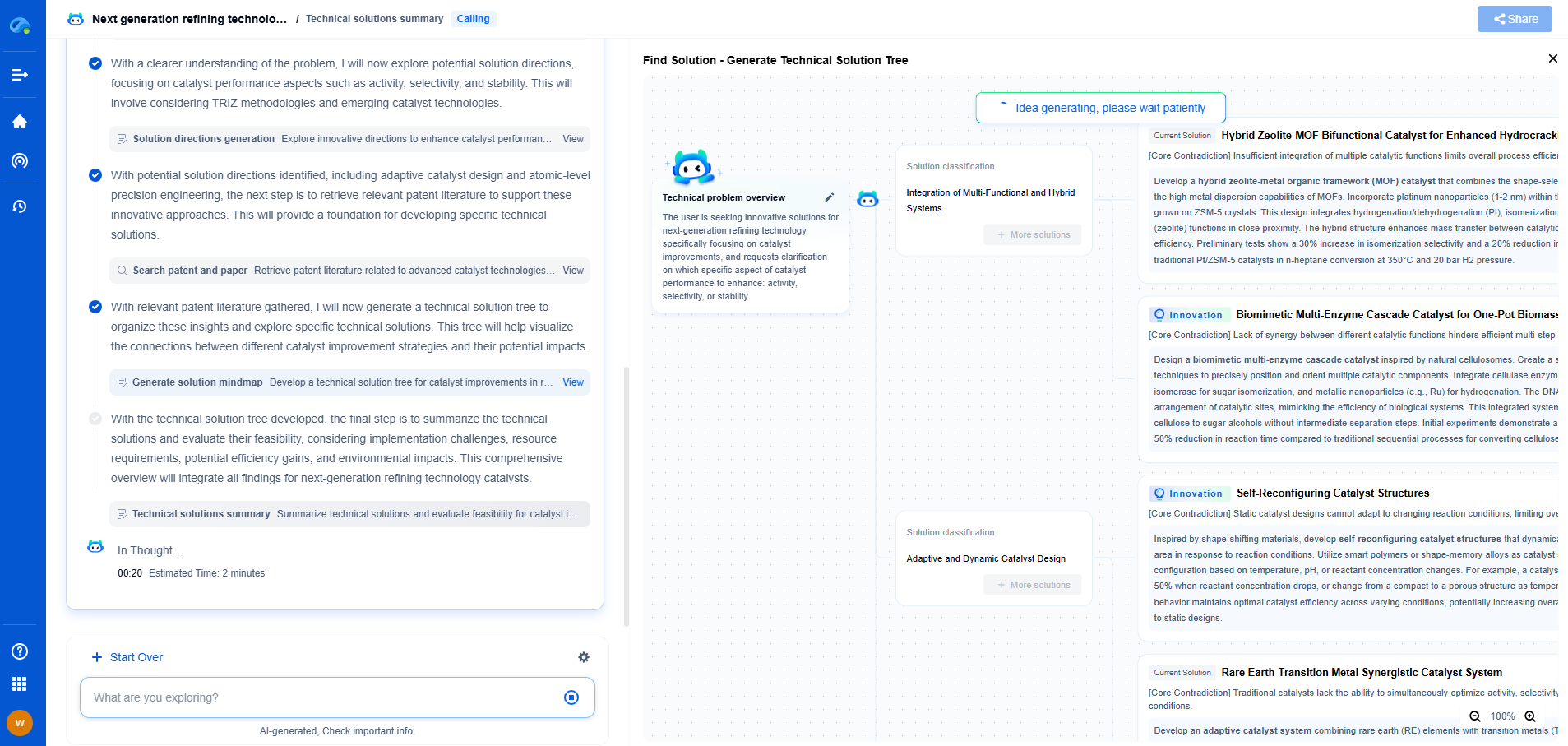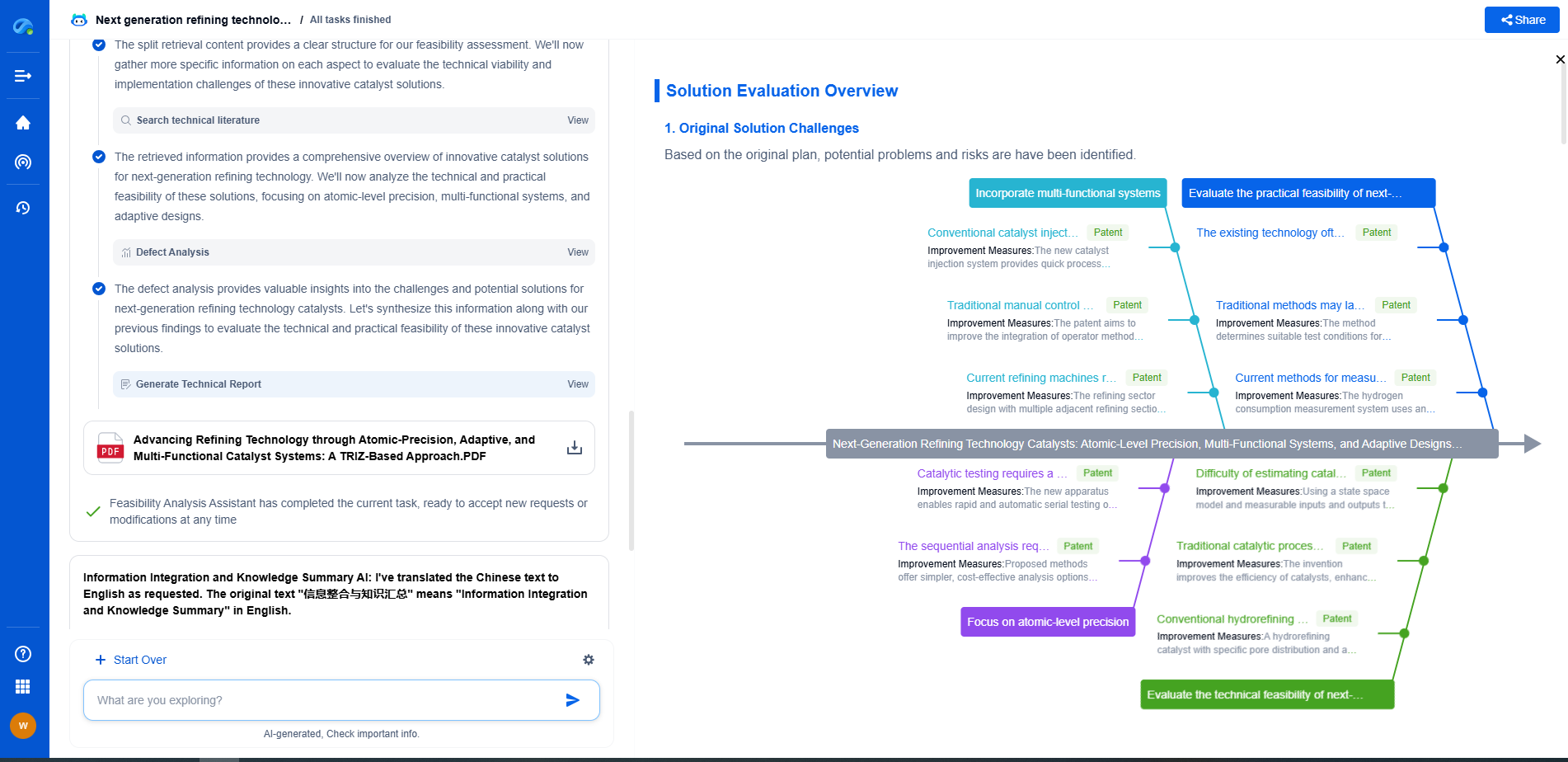Excessive railway wheel noise is more than just an inconvenience; it poses significant challenges to both railway operators and the communities living near rail lines. As rail transport continues to expand, addressing noise pollution becomes ever more crucial. This article delves into the causes of railway wheel noise and explores various mitigation techniques that can be employed to address this issue effectively.
Understanding the Causes of Railway Wheel Noise
Railway wheel noise is primarily generated through the interaction between the wheels and the rails. Several factors contribute to this noise, including wheel and rail surface roughness, speed of the train, wheel and rail materials, and train load. The noise emanates from three principal sources: rolling noise, squeal noise, and impact noise.
1. Rolling noise emerges from the vibrations caused by the wheel and rail surface roughness.
2. Squeal noise occurs in curves, a result of the friction between the wheel flange and rail.
3. Impact noise is generated when wheels encounter rail surface irregularities, such as joints or switches.
Mitigation Techniques
1. Rail Grinding and Wheel Truing
Rail grinding and wheel truing are essential maintenance practices that ensure smoother surfaces, thereby reducing noise. Rail grinding involves removing surface irregularities from the rail, while wheel truing reshapes the wheel to its optimal profile. Regular maintenance of wheels and rails not only minimizes noise but also enhances the overall safety and performance of the railway system.
2. Use of Noise Barriers
Noise barriers are an effective solution to mitigate the impact of railway noise on surrounding communities. These barriers can be installed along the railway track to absorb and deflect sound waves generated by passing trains. The design and material of noise barriers play a crucial role in their effectiveness, with some barriers incorporating special acoustic materials to enhance noise reduction.
3. Lubrication and Friction Modifiers
Applying lubricants and friction modifiers to the wheels and rails can significantly reduce squeal noise, especially in curves. These substances decrease the friction between the wheel flange and rail, thus minimizing noise emissions. It’s essential to use environmentally friendly lubricants to prevent adverse ecological impacts.
4. Resilient Wheels and Rail Pads
Resilient wheels are designed with materials that absorb vibrations and reduce noise. Similarly, rail pads placed between the rail and sleepers help dampen vibrations. These innovations can substantially reduce noise levels, providing a quieter railway experience for both passengers and nearby residents.
5. Speed Management
Managing train speeds, especially in noise-sensitive areas, can be an effective noise reduction strategy. Slower speeds reduce the dynamic forces between wheels and rails, leading to lower noise emissions. Implementing speed restrictions in urban areas or near residential neighborhoods can help minimize the impact of railway noise.
6. Advanced Monitoring and Maintenance Technologies
With the advancement of technology, railway operators now have access to sophisticated monitoring systems that detect irregularities in real-time. By employing sensors and diagnostic tools, maintenance can be scheduled proactively, addressing potential noise issues before they escalate. This approach not only reduces noise but also enhances the reliability and safety of railway operations.
Conclusion
Dealing with excessive railway wheel noise requires a multifaceted approach, combining innovative technologies, regular maintenance, and strategic planning. By implementing these mitigation techniques, railway operators can significantly reduce noise pollution, improve the quality of life for nearby communities, and ensure the sustainable growth of rail transport. As advancements continue in materials and monitoring technologies, the future looks promising for quieter and more efficient railway systems.
Dealing with Excessive Railway Wheel Noise: Mitigation Techniques Explained
JUL 16, 2025 |
In the world of vibration damping, structural health monitoring, and acoustic noise suppression, staying ahead requires more than intuition—it demands constant awareness of material innovations, sensor architectures, and IP trends across mechanical, automotive, aerospace, and building acoustics.
Patsnap Eureka, our intelligent AI assistant built for R&D professionals in high-tech sectors, empowers you with real-time expert-level analysis, technology roadmap exploration, and strategic mapping of core patents—all within a seamless, user-friendly interface.
⚙️ Bring Eureka into your vibration intelligence workflow—and reduce guesswork in your R&D pipeline. Start your free experience today.
- R&D
- Intellectual Property
- Life Sciences
- Materials
- Tech Scout
- Unparalleled Data Quality
- Higher Quality Content
- 60% Fewer Hallucinations
Browse by: Latest US Patents, China's latest patents, Technical Efficacy Thesaurus, Application Domain, Technology Topic, Popular Technical Reports.
© 2025 PatSnap. All rights reserved.Legal|Privacy policy|Modern Slavery Act Transparency Statement|Sitemap|About US| Contact US: help@patsnap.com

